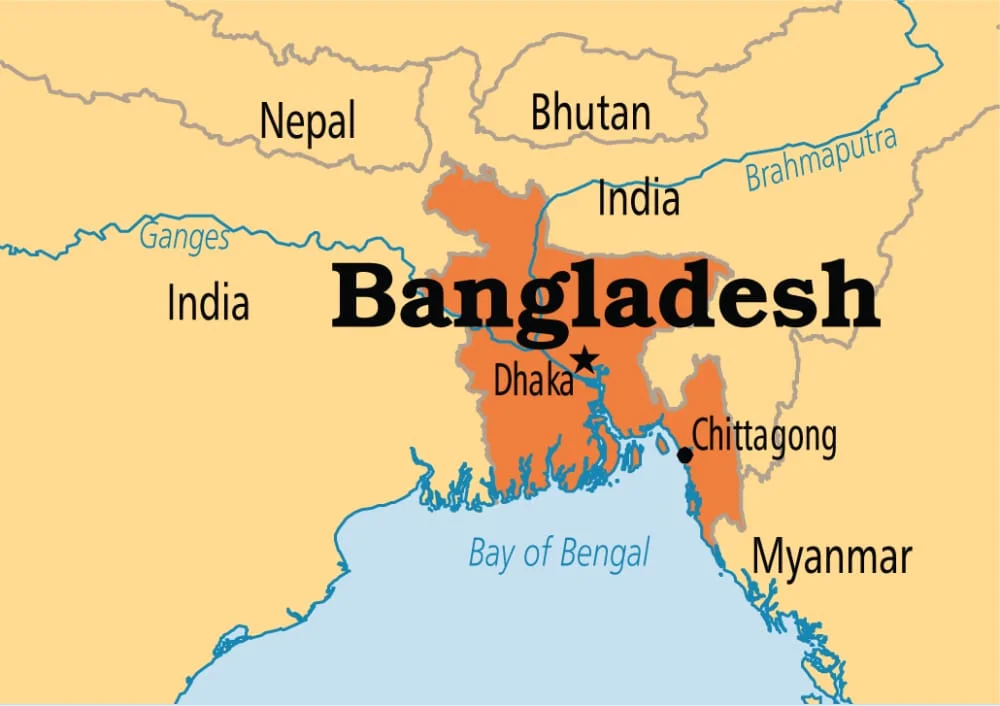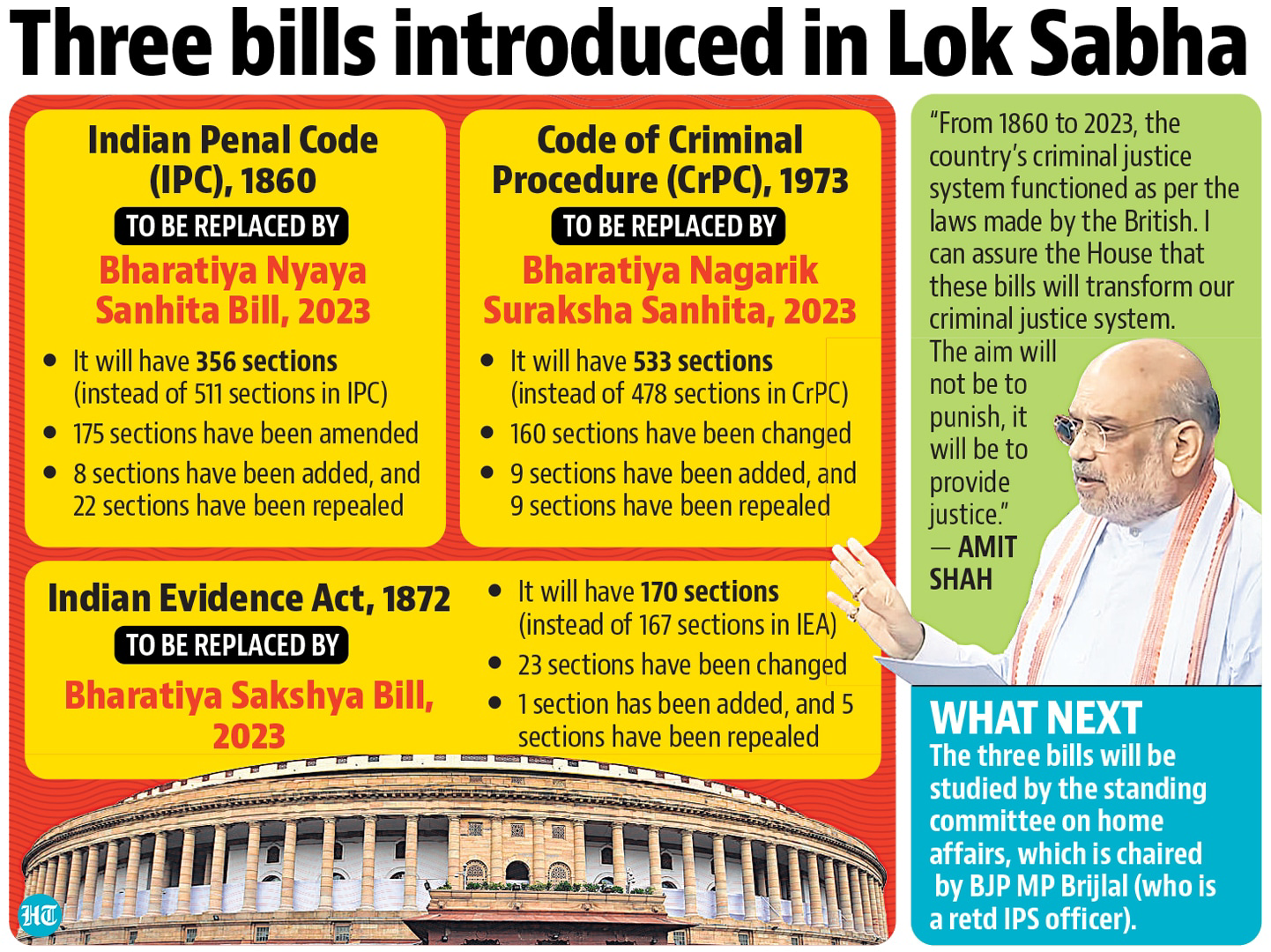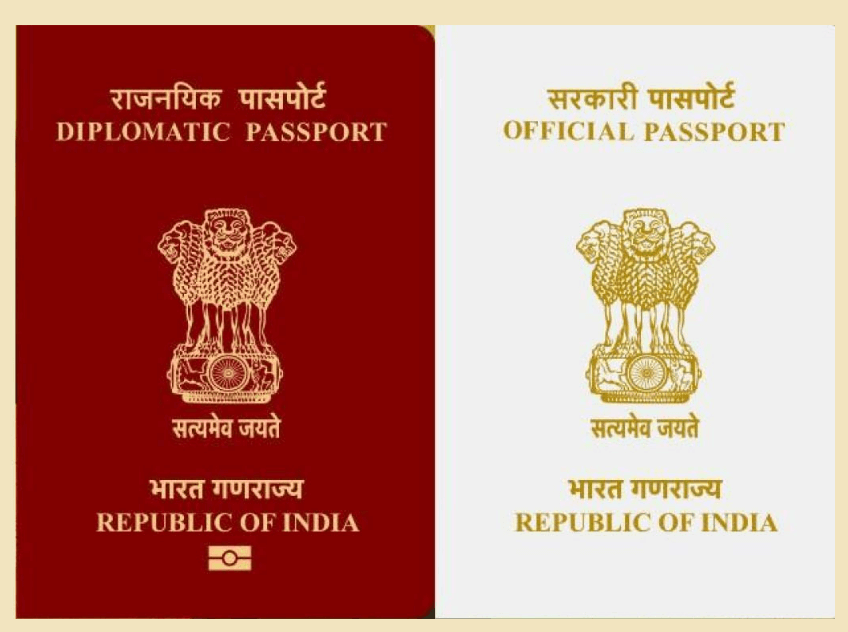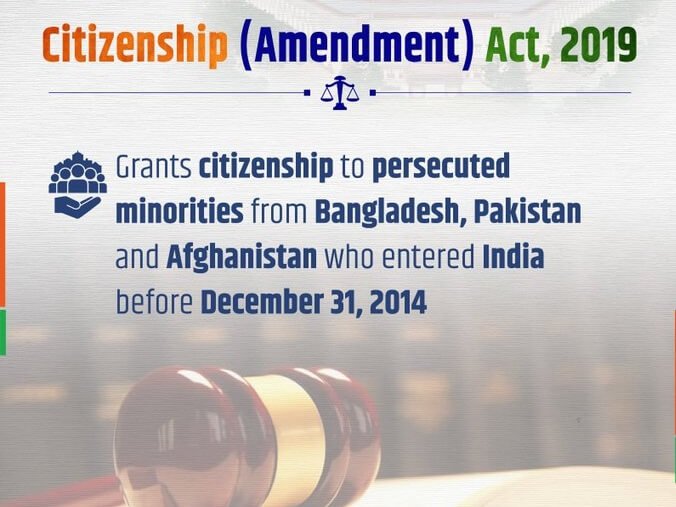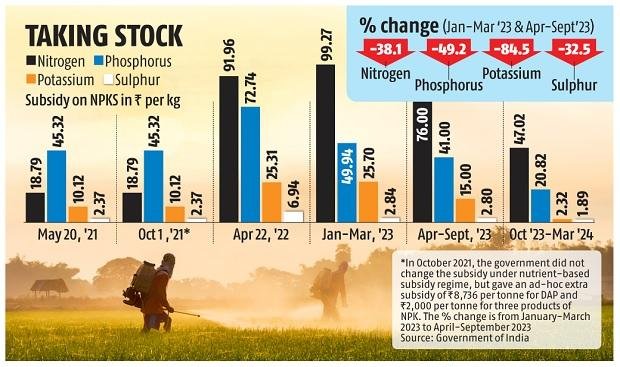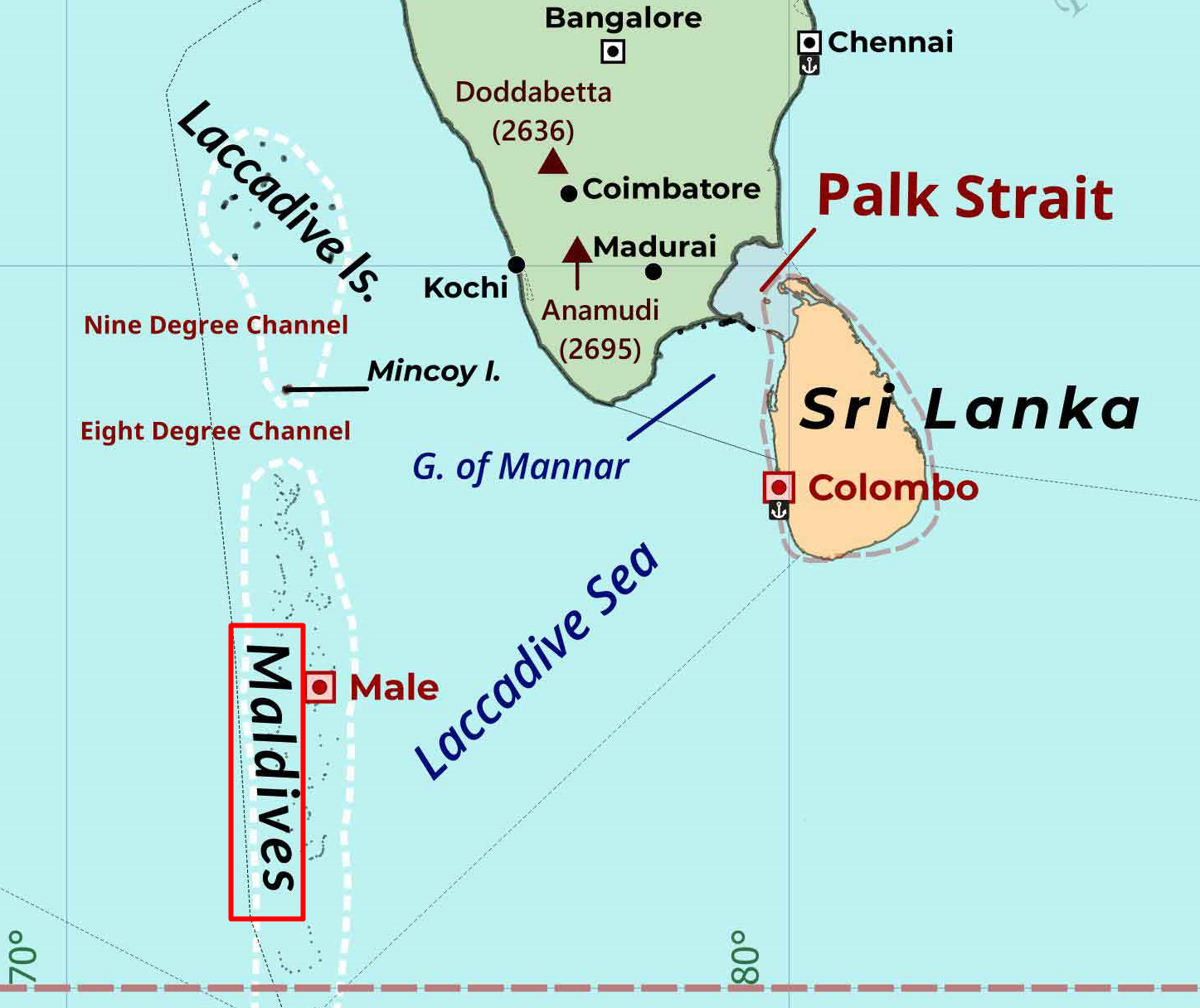
India-Nepal Relations
Subscribers of "Current Affairs" course can Download Daily Current Affairs in PDF/DOC
Subscribe to Never Miss an Important Update! Assured Discounts on New Products!
Must Join PMF IAS Telegram Channel & PMF IAS History Telegram Channel
- Context (IE): The External Affairs Minister recently visited Nepal.
Key Outcomes of the Visit
- Nepal to export 10,000 MW of power to India in the next 10 years.
- MoU for cooperation in renewable energy was signed by the Nepal Electricity Authority and National Thermal Power Corporation Limited, India.
- Both countries exchanged agreements on the implementation of High Impact Community Development Projects, Munal Satellite, and Handover of 5th tranche of post-Jajarkot earthquake relief supply.
- Inauguration of three cross-border transmission lines.
India-Nepal Relations: Convergences
Economic cooperation
- India is Nepal’s largest trade partner (Nepal is India’s 11th largest) and the largest source of total foreign investments, accounting for 32% of total FDI in Nepal.
Military relations
- India has been assisting the Nepal Army in its modernization by supplying equipment and providing training, assistance during disasters, and joint military exercises (E.g. Exercise Surya Kiran).
- The Gorkha regiments of the Indian Army are raised partly by recruitment from hill districts of Nepal.
Connectivity
- India has been assisting Nepal in the development of border infrastructure through the upgradation of roads in the Terai area.
- Development of cross-border rail links at Jogbani-Biratnagar, Jaynagar-Bardibas; and establishment of Integrated Check Posts at Birgunj, Biratnagar, Bhairahawa, and Nepalgunj.
Development
- Various projects have been implemented in the areas of Health, Agriculture, digital technology, etc. E.g. acceptance of UPI by Nepal.
- The total economic assistance earmarked under ‘Aid to Nepal’ budget in FY 2022-23 was Rs 6.8 billion.
- During the 2015 Nepal earthquake, India was the first country to respond by dispatching National Disaster Response Force teams and special aircraft with rescue and relief materials.
Water resources cooperation
- A three-tier bilateral mechanism was established in 2008, to discuss issues relating to cooperation in water resources, flood management, inundation, and hydropower between the two countries.
- Investment in Arun-3 run-of-the river hydroelectric project.
Energy cooperation
- India and Nepal have had a Power Exchange Agreement since 1971 for meeting the power requirements in the border areas of the two countries.
- Agreement on ‘Electric Power Trade, Cross-border Transmission Interconnection and Grid Connectivity’ signed in 2014 to facilitate cross-border electricity transmission, grid connectivity & power trade.
- India has built several hydroelectric projects, like Pokhara, Trisuli, Western Gandak, Devighat, etc in Nepal.
- South Asia’s first cross-border petroleum products pipeline connecting Motihari in India to Amlekhgunj in Nepal was inaugurated in 2019.
Culture & Community
- The India-Nepal Treaty of Peace and Friendship of 1950 forms the bedrock of the special relations that exist between India and Nepal.
- Under the Treaty, Nepalese citizens enjoy unparalleled advantages in India, availing facilities and opportunities at par with Indian citizens.
- Familiarization visits to India by Nepalese journalists/editors and short-term training in India for Nepalese editors/ journalists/experts/officials in the field of print & electronic media and archaeology.
- Sister-city agreements (Kathmandu-Varanasi, Lumbini-Bodhgaya, and Janakpur-Ayodhya) signed between both countries.
India-Nepal Relations: Divergences
- Trade in favor of India: Trade between the two countries is highly in favor of India.
- Outstanding border disputes between the two countries at Susta, Kalapani, and the ‘tri-junction’ of Lipulekh.
- Release of a New Map by Nepal in 2019 claiming Kalapani, Limpiyadhura, and Lipulekh of Uttarakhand and the area of Susta, Bihar as part of Nepal.
- Revision of India-Nepal Friendship Treaty 1950 as Nepal views it outdated, unequal and gives unprecedented powers to India to interfere in Nepal’s domestic matters.
- Big-brother attitude: India has been accused of interfering in the country’s internal affairs, acting as a ‘hegemon’ or ‘big brother’, driving its policies in self-interest, and overlooking Nepal’s sensitivities.
- Lack of timely implementation of projects: E.g. Kosi Agreement (signed in 1954) and Mahakali Treaty (in 1996) to build the Pancheshwar Multipurpose Project have not been implemented to date.
- Security concerns: Open borders between both are being abused for fostering illegal activities such as Illegal migration, infiltration, Human trafficking, smuggling of fake currencies, drugs and arms, etc.
- China factor: China’s chequebook diplomacy, its influence, and its presence (Nepal’s participation in BRI, Trans-Himalayan Multi-Dimensional Connectivity Network) in the region pose challenges to the India-Nepal relationship.
Nepal-China Relations
|
Way Forward
- Focus on core areas such as economic diplomacy, people-to-people ties, and cultural connections to create stronger dependency bonds.
- Enhancing connectivity through timely completion of pending projects.
- Winning the perception battle by exhibiting India’s commitment to an equitable and sustainable partnership based on mutual respect, the principle of sovereignty, and non-interference.
- Promoting ‘backdoor diplomacy’ to unite the entire political spectrum and encourage talks to resolve thorny issues. E.g. Madhesi rights.
- Resolving border issues by forming a Joint Technical Boundary Committee.
| Backchannel diplomacy, also known as Track II diplomacy, is the practice of informal, unofficial, and non-governmental contacts and activities between private citizens or groups of individuals.
Chequebook diplomacy is a foreign policy that involves countries exchanging economic aid and investments to gain diplomatic favor. |





![PMF IAS Environment for UPSC 2022-23 [paperback] PMF IAS [Nov 30, 2021]…](https://pmfias.b-cdn.net/wp-content/uploads/2024/04/pmfiasenvironmentforupsc2022-23paperbackpmfiasnov302021.jpg)

